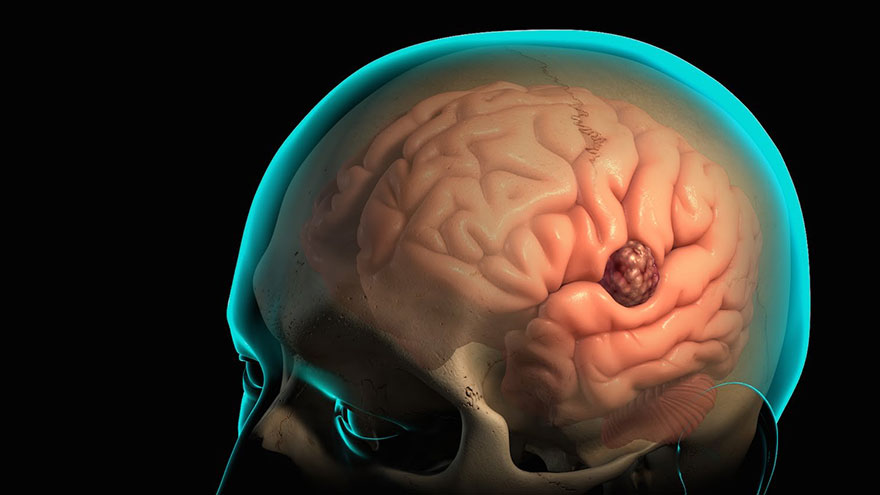The Prognosis for Untreated Glioblastoma
Glioblastoma is a fast-growing cancer of the glial cells. Glia are the cells that provide the structural support for the nerve cells that are at the center of the brain. Symptoms usually show up only when the tumor has grown large enough to cause noticeable problems.

Glioblastoma Multiforme
Cancer sneaks up and surprises you. Glioblastoma multiforme, also known as GBM, is the most common form of brain cancer. It is also among the most lethal. Fewer than half its victims live longer than three months after diagnosis.
Symptoms
The signs of GBM are the same as for other types of brain tumors. There are changes in memory or behavior (mental dysfunction), unexplained seizures, headaches that won’t go away or other signs of pressure building inside the skull.
Age Matters
While glioblastomas can occur at any age, they are especially rare in the young. Fewer than 10 percent of the cases are reported in children, with the largest number diagnosed in people between the ages of 45 and 70. Most cases are found in people over 50 years old.
Buying Time
Untreated, GBM invariably kills its victims within three months. Aggressive treatment including surgery, radiation and chemotherapy can extend the life of the patient by several months or years. Even then, fewer than one in four patients make it to the two-year mark after these treatments.
Common But Rare
The good news is that while glioblastomas accounts for 12 to 15 percent of all brain cancers, the rate of getting it is low. Just two or three cases are found for every 100,000 people in Europe and America.

